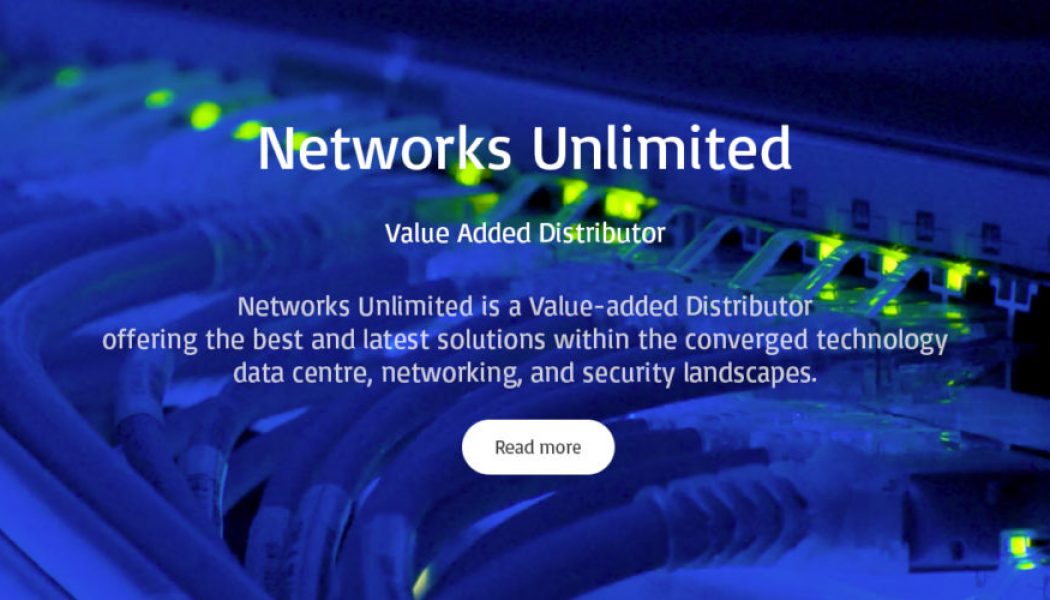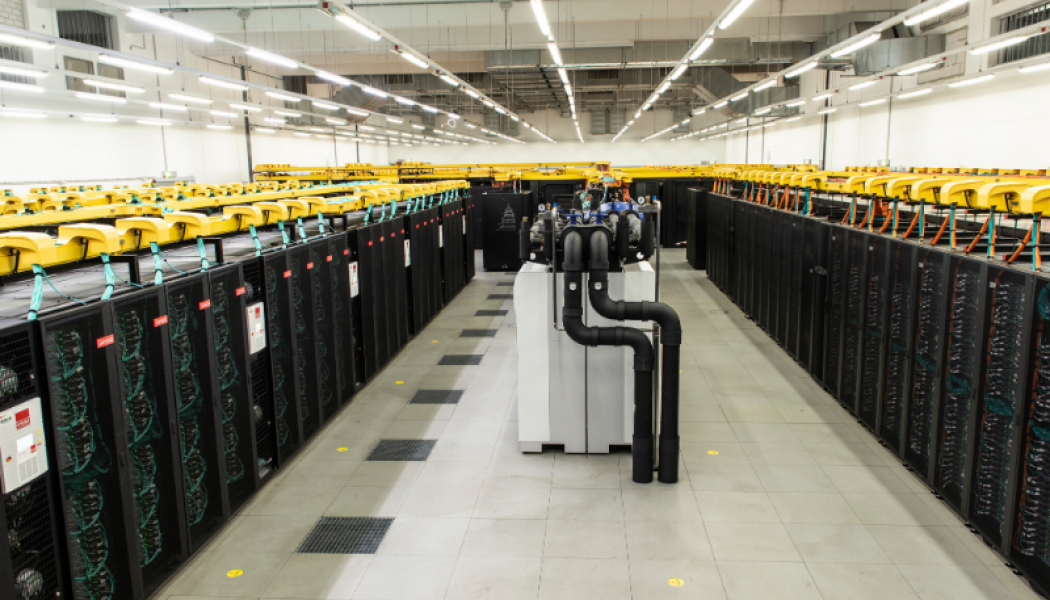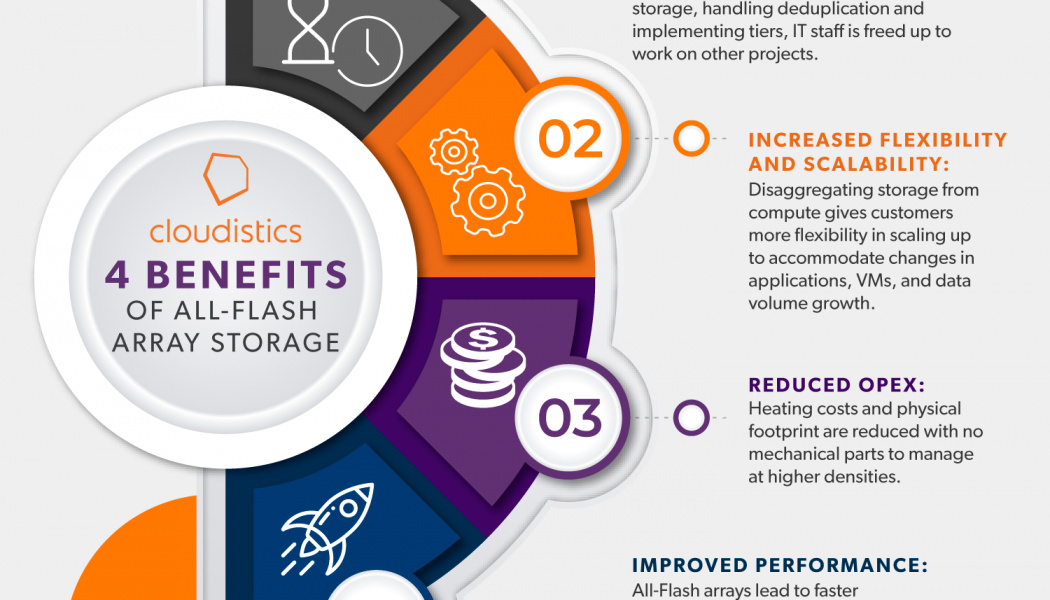Enterprise IT
The New Normal: Managing Networks from Home with Uplogix
As the COVID-19 lockdown continues into the foreseeable future, IT managers still need to maintain their ‘normal day job’ tasks of running networks – in addition to managing employees who currently need to make significantly increased use of online meeting platforms and remote working arrangements. According to Uplogix, which provides integrated remote management solutions, many companies still have mission-critical internal systems that need to be accessible to home-based workers over VPN connections – even though some applications have moved to the cloud and are available through a website from a browser. Risna Steenkamp, ESM Business Unit Manager at value-added distributor Networks Unlimited Africa, which distributes Uplogix throughout sub-Saharan Africa, clarifies, “During ...
Global IT Spending on Enterprise Software to See First Drop in 10 Years
Sourced from Buyshares.uk As the Coronavirus pandemic continues to impact different sectors of the global economy, spending on the enterprise software segment under the Information Technology (IT) industry is projected to take a plunge. Most sub-segments under the enterprise software umbrella will witness a decline in spending while essential ones might have an increase. Data obtained by Buyshares.co.uk indicates that in 2020, the global spending will reach $426 billion, the first drop in ten years. Last year, the spending reached an all-time high of $458 billion, translating to a drop of about 6.98% when compared to the projected figures for 2020. Cumulatively between 2009 and the estimates of 2020, the spending on enterprise software will stand at $3.94 trillion. The lowest spending in t...
CIOs Should Embrace the Opportunities of a Post-lockdown Market
As South Africa enters the tenth week of the nationwide lockdown, the business focus has shifted from enabling employees to work remotely to now planning for what the new normal is likely to look like. This requires CIOs to balance existing organisational priorities with ways of becoming more adaptive to the changing environment. Critical to this is decisive decision-making that positions the business for growth. For small to medium-sized businesses that do not have all the skills in-house to transform their IT environments, decision-makers should consider going the outsourcing route. By partnering with a managed service provider (MSP) that can deliver everything from a cloud-readiness audit through to helping identify the technology gaps that exist between the business strategy and what i...
Enterprise Data Storage ‘business as usual’ with Tintri and Networks Unlimited
As the world grapples with a totally different business dynamic in the wake of the global lockdowns currently in place, the enterprise storage industry must continue showcasing the continuous innovation that enables compelling solutions for its clients. This, however, is not so easy for all players in the current economic downturn. This is according to a recent blog entry by Tintri, which provides AI-enabled intelligent infrastructure, and partners in South Africa with value-added distributor Networks Unlimited Africa. According to the blog, “Innovation and continuous investment therein are key drivers that enable compelling solutions to reach customers’ data centres. But in these extraordinary times business cannot operate as usual, and some vendors are finding their ability to maintain c...
How Lenovo is Pursuing Sustainable Supercomputers
The Leibniz Supercomputing Centre (LRZ) in Munich, Germany, contains no ordinary supercomputer. Sure, it has thousands of servers, or nodes, stacked in rows in a windowless vault with technicians working diligently on huge data crunching conundrums for research organisations; running simulations to try and better predict future natural disasters like tsunamis and earthquakes. But it is eerily quiet. Almost too quiet. The familiar whir of hot air being whooshed away by power-hungry computers is almost entirely absent. Where are all the fans? Almost all gone, as it turns out. The LRZ SuperMUC NG, which uses massive arrays of Lenovo’s ThinkSystem SD650 servers, requires nearly no fans at all – just those for cooling the power supply units and in the in-row-chillers on every eighth row. As a r...
Silver Peak SD-WAN: as Simple or Complex as Required to Maximise Business
The ‘business of business’ is not always easy on the ‘business of telecommunications’. Mergers, acquisitions, consolidations, closures, new applications and new business needs – which are all staples of the corporate world – can make designing and managing an enterprise wide area network (WAN) into a never-ending, complicated task. So says Duane Henigin, Senior Systems Engineer at SD-WAN solution provider Silver Peak. Writing in a blog entry, Henigin notes that: “Most likely your Wide Area Network (WAN) has grown in complexity over time or you have inherited a network with its own challenges… Add in the constant balance between dependability and performance with cost and you have just scratched the surface of architecting and managing an enterprise WAN.” Henigin says that software-de...



















